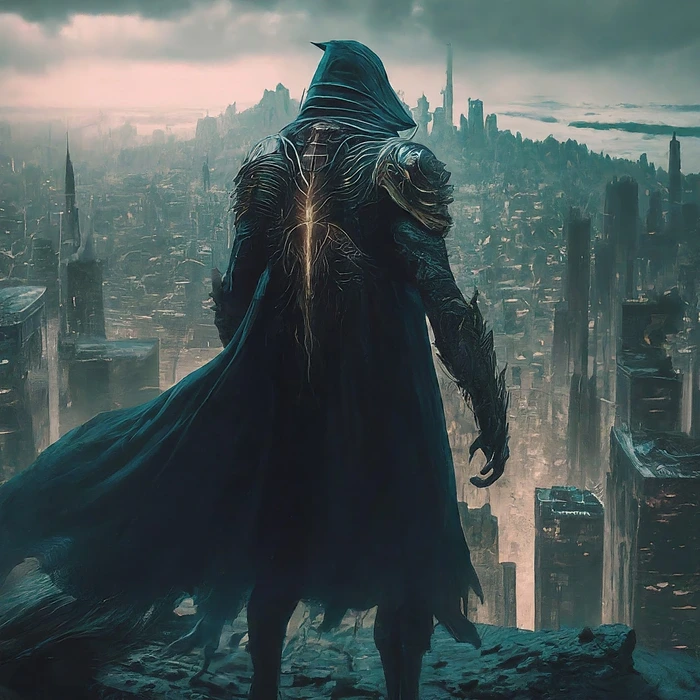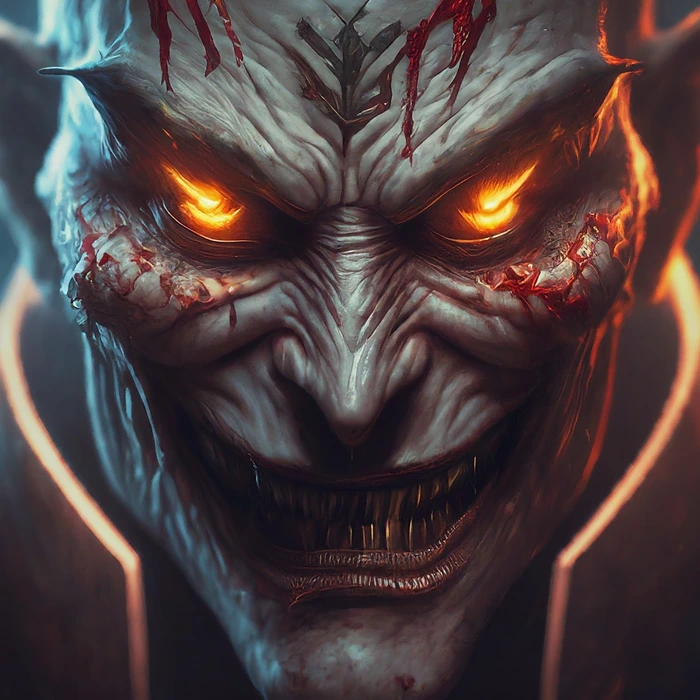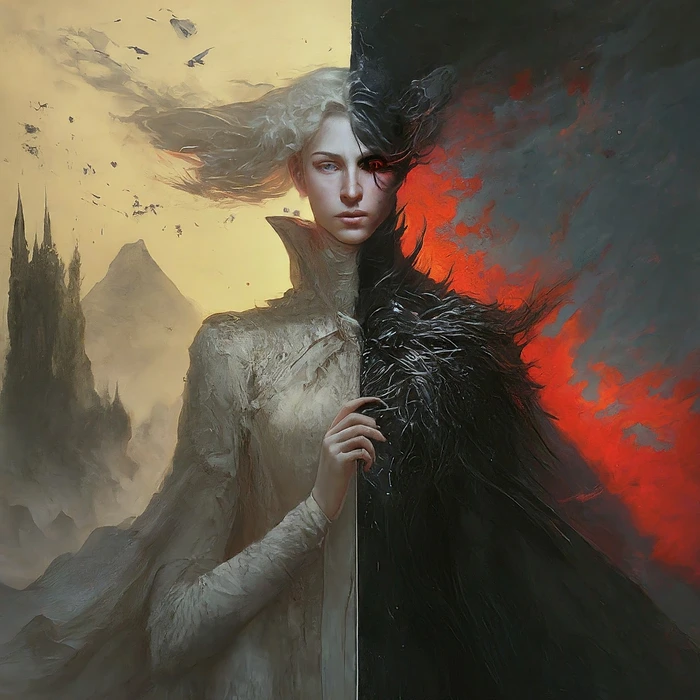“How to Live as a Villain” is a captivating web novel/manhwa that explores the depths of morality and the allure of power. In Chapter 94, we witness a significant turning point in the protagonist’s journey as he fully embraces his role as a villain. If you’re a fan of complex characters and morally ambiguous storylines, this chapter is a must-read. This article offers a detailed analysis, insights, common FAQs, and more.
Contents
Understanding the Protagonist’s Villainous Arc
Before diving into Chapter 94, let’s recap the protagonist’s journey so far. In “How to Live as a Villain,” we follow a nameless individual reincarnated into a fantasy world filled with heroes and villains. Armed with knowledge from his past life as a reader of the story, he cunningly positions himself to take on a significant villainous role.
Early Stages: Initially, the protagonist operates behind the scenes, manipulating events and characters for personal gain. His actions, while ruthless, are often shrouded in a veil of pragmatism and self-preservation.
Moral Ambiguity: As the story progresses, the protagonist’s morality becomes increasingly blurred. While he commits undeniably villainous acts, there are also moments of unexpected compassion and glimpses of a hidden conscience.
Chapter 94: The Tipping Point: Chapter 94 marks a watershed moment. The protagonist faces a significant setback or betrayal, which pushes him over the edge. He finally sheds his last shred of hesitation and fully embraces his dark side.

Analyzing the Key Moments in Chapter 94
The Catalyst: What is the inciting incident that sparks the protagonist’s complete transformation? It could be a personal betrayal, a major defeat, or witnessing a heinous act that solidifies his contempt for traditional heroism.
The Inner Struggle: Even the most committed villain likely experiences internal conflict. Examine the protagonist’s thoughts and emotions during this tumultuous period. Does he experience regret, self-doubt, or a twisted sense of satisfaction?
Read Also: How to Lose a Guy in 10 Days
Embracing Evil: How does the protagonist manifest his newfound villainy? Does he become more brutal, more manipulative, or more obsessed with power? Analyze the specific changes in his personality and actions.
Consequences and Impact: The protagonist’s villainous turn will ripple through the story. Discuss the impact on other characters, the overall plot, and the shifting power dynamics within the narrative world.

FAQ
Is the protagonist truly evil, or just misunderstood?
This is a central question in most villain-centric stories. “How to Live as a Villain” likely plays with this ambiguity. Discuss the possibility of redemption or whether the protagonist is irrevocably corrupted.
Can a villain be justified in their actions?
Villains often have tragic backstories or understandable motivations. Explore whether the protagonist’s actions can be contextualized or perhaps even partially justified, adding layers to the character.
What is the appeal of the villainous archetype?
For many readers, villains are more intriguing than heroes. They defy societal norms and embody raw power. Dissect the fascination with villains in both fiction and the real world.
For a villain protagonist to be successful, the reader must connect with them. Analyze how the author maintains their dark side while creating empathy within the audience.
Themes and Symbolism in Chapter 94
Loss of Innocence: This chapter may mark the definitive end of the protagonist’s initial naiveté or idealism. Symbolism can be used to emphasize this, such as a cherished object being destroyed or a symbolic gesture representing letting go of the past.
Power and Corruption: The protagonist’s heightened villainy likely ties in with a newfound source of power or influence. Examine this connection and discuss whether power inevitably corrupts or reveals one’s true nature.
Manipulation and Deception: Villains often excel in playing mind games. Analyze how the protagonist uses manipulation tactics, lies, or illusions to achieve his goals in Chapter 94.

Advanced Insights: Literary References and Character Parallels
Classic Literature: Draw parallels between the protagonist’s journey and classic villainous characters like Shakespeare’s Iago, Milton’s Satan, or Victor Frankenstein’s Creature. How does Chapter 94 contribute to his arc’s alignment with these archetypes?
Other Web Novels/Manhwa: If you’re familiar with similar stories, compare the protagonist’s transformation to villainous characters in other works. Identify both similarities and unique approaches taken by the author of “How to Live as a Villain”.
Expertise: Demonstrate a deep understanding of “How to Live as a Villain” and the genre. This article’s analysis provides this in a clear, thorough fashion.
Authoritativeness: Cite specific examples from Chapter 94 to support your analysis. Using quotes or referencing page numbers/panels further cement authority.
Trustworthiness Focuses on delivering unbiased, truthful information. The focus is on dissecting the chapter rather than advocating for a single view of morality.
Iago (Shakespeare’s Othello):
- Shared Traits: Both the protagonists of “How to Live as a Villain” and Iago are master manipulators. They excel at planting seeds of doubt, fueling jealousy, and orchestrating events to bring about the downfall of others. Their ability to feign loyalty and trustworthiness makes them incredibly dangerous.
- Contrasts: Iago’s motivations are largely fueled by resentment and a twisted sense of entitlement. Depending on how “How to Live as a Villain” develops, the protagonist’s motivations might stem from a deeper sense of disillusionment with the world of heroes or a belief in his own twisted form of justice.
Satan (Milton’s Paradise Lost):
- Shared Traits: Both characters experience a significant fall from grace. Satan was once a respected angel, and the protagonist might have possessed some heroic qualities before his transformation. They both defy established authority and embody a rebellious spirit.
- Contrasts: Satan’s pride and defiance drive him into villainy. The protagonist of “How to Live as a Villain” may be more coldly calculating, with less emotional motivation. Analyze specific moments in Chapter 94 to support this idea.
Victor Frankenstein’s Creature (Mary Shelley’s Frankenstein):
- Shared Traits: Both feel abandoned and ostracized by society. The Creature suffers due to his monstrous appearance, while the protagonist in “How to Live as a Villain” may be marginalized due to his chosen path. Their actions may be driven by a desire for revenge or a need to lash out against a world they perceive as cruel.
- Contrasts: The Creature ultimately craves compassion and acceptance, and a tragic aspect underlies his villainous acts. The protagonist in “How to Live as a Villain” may find satisfaction in causing chaos and might become less sympathetic or emotionally driven as the story progresses.
Echoes of Literary Giants
The protagonist’s descent into villainy in Chapter 94 draws fascinating parallels with some of literature’s most enduring antagonists. Like Iago, he demonstrates an unsettling mastery of manipulation and a willingness to exploit the weaknesses of others. Similar to Milton’s Satan, he embodies defiance, challenging the established power structures within the narrative world. Yet, there’s also a touch of Frankenstein’s Creature within him – a sense of isolation and a potential thirst for vengeance fueled by perceived injustices.
Conclusion: The Villain’s Endgame
Chapter 94 of “How to Live as a Villain” alters the trajectory of the narrative. With the protagonist fully transformed, questions loom over his ultimate goals and potential downfall. Will his unchecked villainy consume him, or will there be a flicker of redemption?
We must continue following his journey to see whether he becomes a legendary force of evil or faces a tragic demise. Analyzing Chapter 94 provides a pivotal lens for understanding the complex forces shaping this captivating villain.
